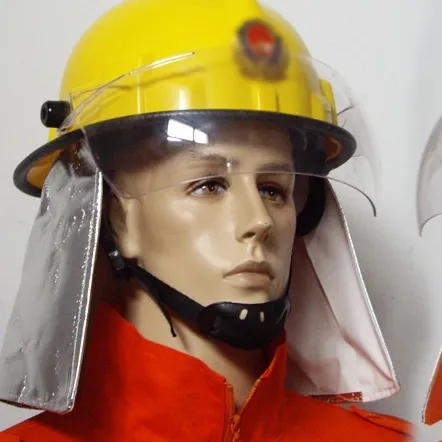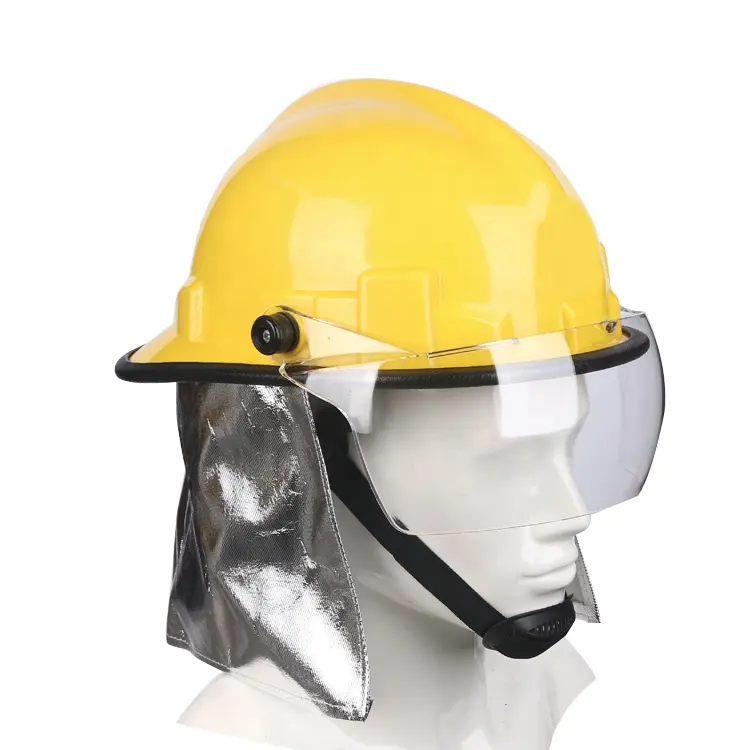“On the Hot Seat: Understanding Fire Helmet Standards and Certification”
Fire helmets are critical personal protective equipment for firefighters, and their reliability is ensured through adherence to rigorous standards and certification processes. Let’s dive into the world of fire helmet standards and certification:
Key Standards and Certification Bodies:
- NFPA 1971: The National Fire Protection Association (NFPA) 1971 standard sets the requirements for structural firefighting helmets. It covers design, performance, and testing criteria, ensuring that helmets provide the necessary protection and functionality.
- NFPA 1951: This NFPA standard focuses on technical rescue and urban search and rescue helmets. It outlines the requirements for helmets used in situations such as confined space rescue, trench rescue, and technical rope rescue.
- NFPA 1952: NFPA 1952 standardizes wildland fire helmets, specifying the design and performance requirements for helmets used in wildland firefighting operations.
- European Union (CE Certification): In Europe, the CE (Conformité Européenne) certification is a requirement for personal protective equipment, including fire helmets. It ensures that helmets meet the safety and performance criteria specified in European standards.
Standard Requirements:
Fire helmet standards typically cover various aspects, including:
- Construction Materials: Standards specify the materials that can be used in helmet construction. These materials must be heat-resistant and durable to protect against high temperatures and impacts.
- Impact Resistance: Helmets must meet specific impact resistance requirements to safeguard the firefighter’s head from falling debris and other hazards.
- Heat Resistance: Standards define the level of heat resistance helmets must provide to protect against direct flame contact.
- Face and Eye Protection: For helmets with integrated face shields or goggles, standards detail the performance requirements to ensure adequate protection for the eyes and face.
- Suspension Systems: The fit and comfort of helmets are addressed through suspension system requirements, which must be adjustable to accommodate different head sizes and shapes.
- Chin Straps: Standards stipulate the design and functionality of chin straps to ensure that helmets stay securely in place during firefighting activities.
- Radiant Heat Shields: When included, radiant heat shields must meet specified performance criteria to protect the neck and ears from intense radiant heat.
Certification Process:
- Design and Manufacturing: Manufacturers design helmets in compliance with the relevant standards. These designs are based on thorough research and engineering to meet safety and performance requirements.
- Testing: Helmets undergo a series of tests to verify their compliance with the standards. These tests assess impact resistance, heat resistance, face and eye protection, and other critical elements.
- Certification Bodies: Certification bodies, accredited by relevant authorities, review the helmet designs and testing results to ensure that they meet the established standards.
- Marking: Once a helmet is certified, it is marked with the appropriate standard, certification body logo, and other identifying information to indicate its compliance.
In conclusion, fire helmet standards and certification are the backbone of firefighter safety. These rigorous processes ensure that helmets are designed, manufactured, and tested to provide the utmost protection and functionality in the hazardous environments that firefighters face. Compliance with these standards is essential for firefighters to confidently and effectively perform their life-saving duties.


